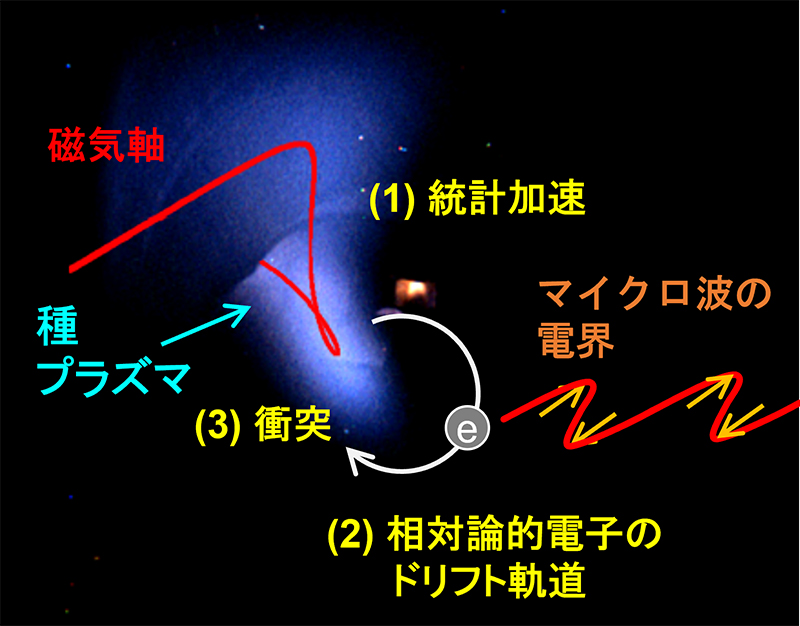工学材料のための量子計算ソリューション A quantum computational solution for engineering materials
2023-04-07 アルゴンヌ国立研究所(ANL)
現在の量子コンピュータはまだ小さく、ノイズの多いデータを生成するため、研究者らはハイブリッドシミュレーションプロセスを設計し、量子コンピュータと古典的コンピュータの両方の利点を活用し、電子構造を解決する新しい方法を開発した。
この方法は、現在の量子コンピュータの限界を考慮したものであり、複雑な化学構造の問題に対応する可能性を示唆している。
<関連情報>
- https://www.anl.gov/article/a-new-quantum-approach-to-solve-electronic-structures-of-complex-materials
- https://pubs.acs.org/doi/10.1021/acs.jctc.2c01119
効率的な符号化とアンサッツスキームによるフェルミオンハミルトニアンの量子シミュレーション Quantum Simulations of Fermionic Hamiltonians with Efficient Encoding and Ansatz Schemes
Benchen Huang, Nan Sheng, Marco Govoni and Giulia Galli
Journal of Chemical Theory and Computation Published:February 15, 2023
DOI:https://doi.org/10.1021/acs.jctc.2c01119

Abstract
We propose a computational protocol for quantum simulations of fermionic Hamiltonians on a quantum computer, enabling calculations on spin defect systems which were previously not feasible using conventional encodings and a unitary coupled-cluster ansatz of variational quantum eigensolvers. We combine a qubit-efficient encoding scheme mapping Slater determinants onto qubits with a modified qubit-coupled cluster ansatz and noise-mitigation techniques. Our strategy leads to a substantial improvement in the scaling of circuit gate counts and in the number of required qubits, and to a decrease in the number of required variational parameters, thus increasing the resilience to noise. We present results for spin defects of interest for quantum technologies, going beyond minimum models for the negatively charged nitrogen vacancy center in diamonds and the double vacancy in 4H silicon carbide (4H-SiC) and tackling a defect as complex as negatively charged silicon vacancy in 4H-SiC for the first time.



